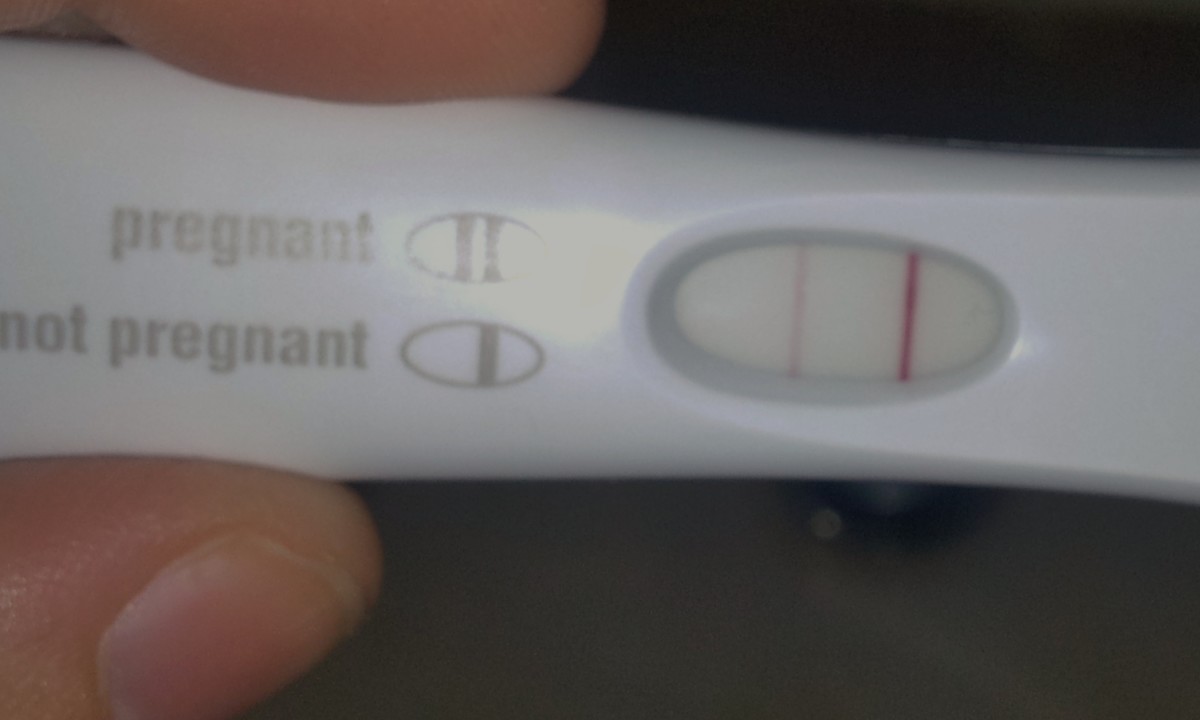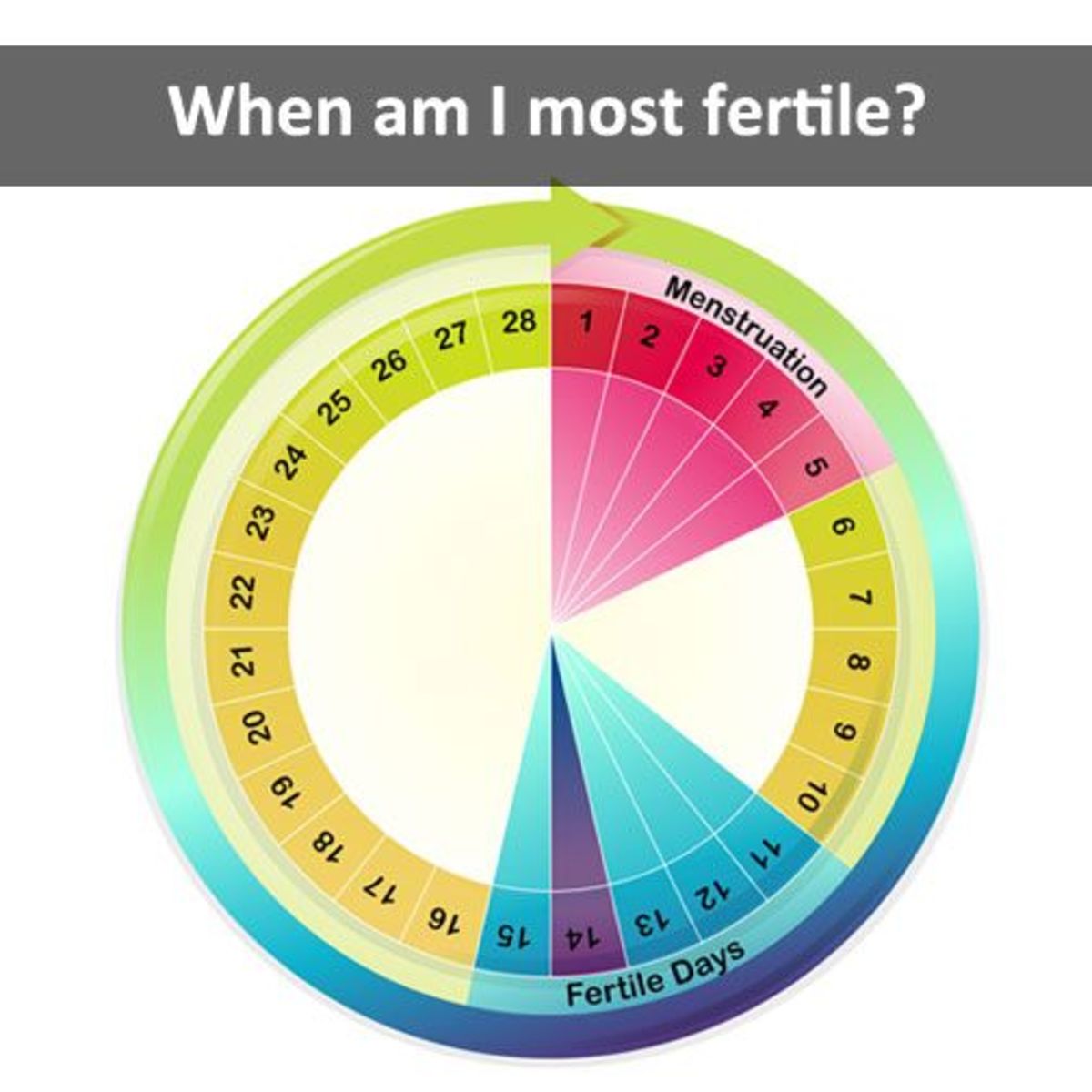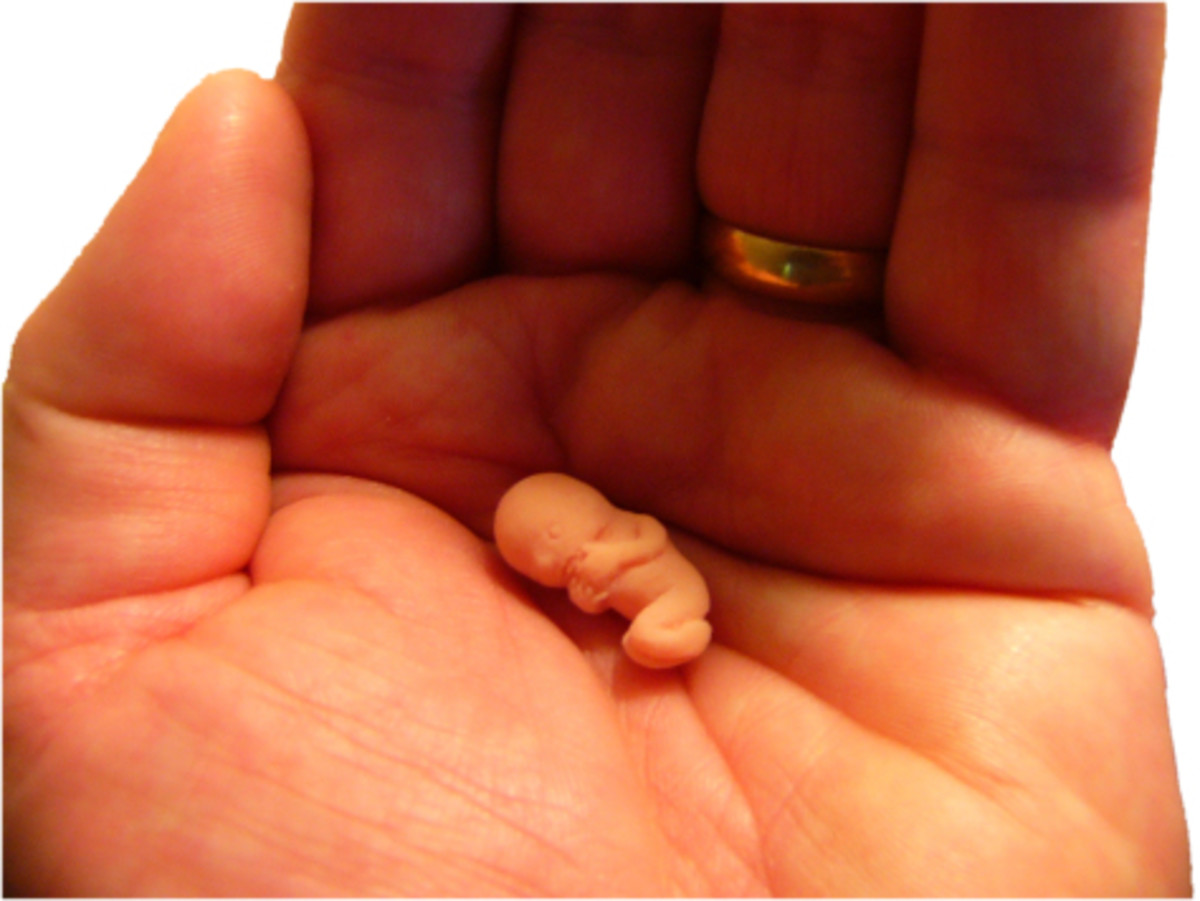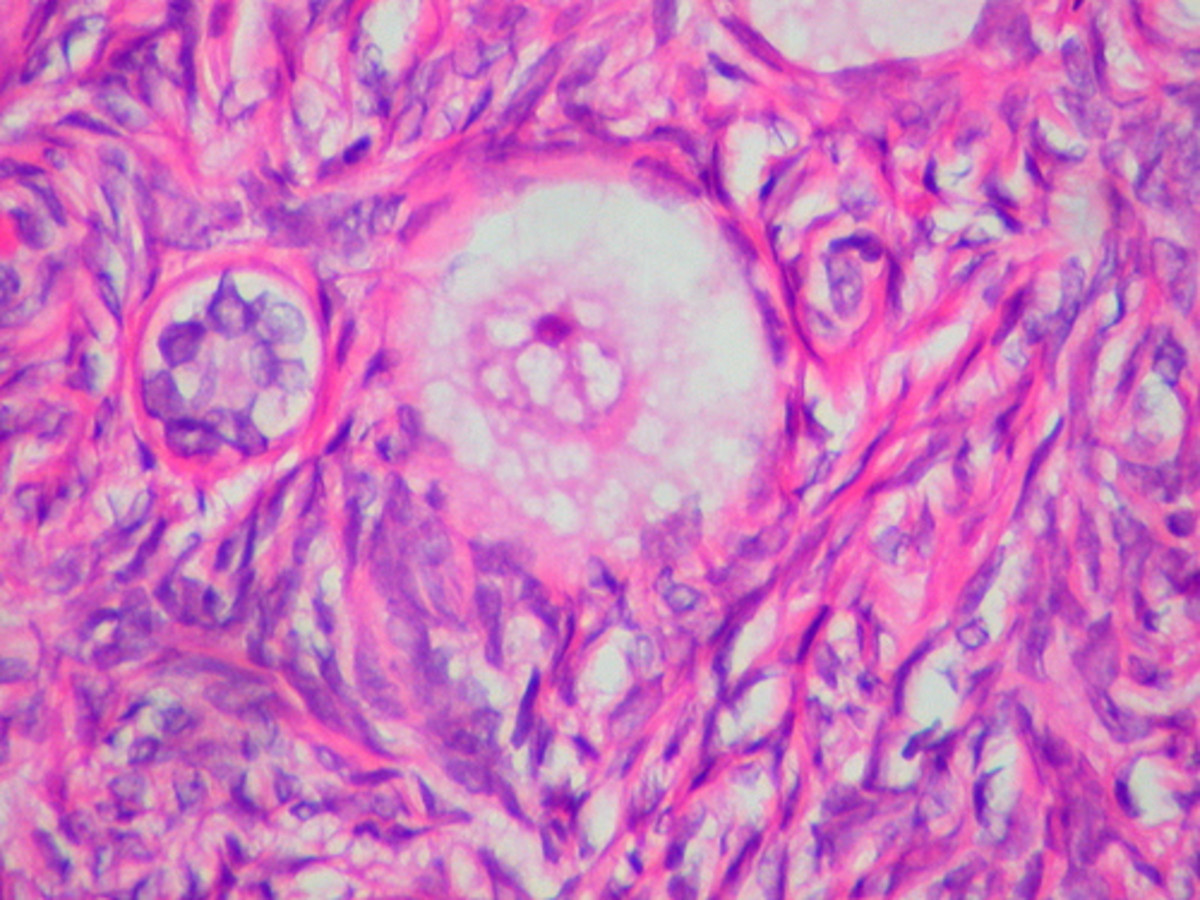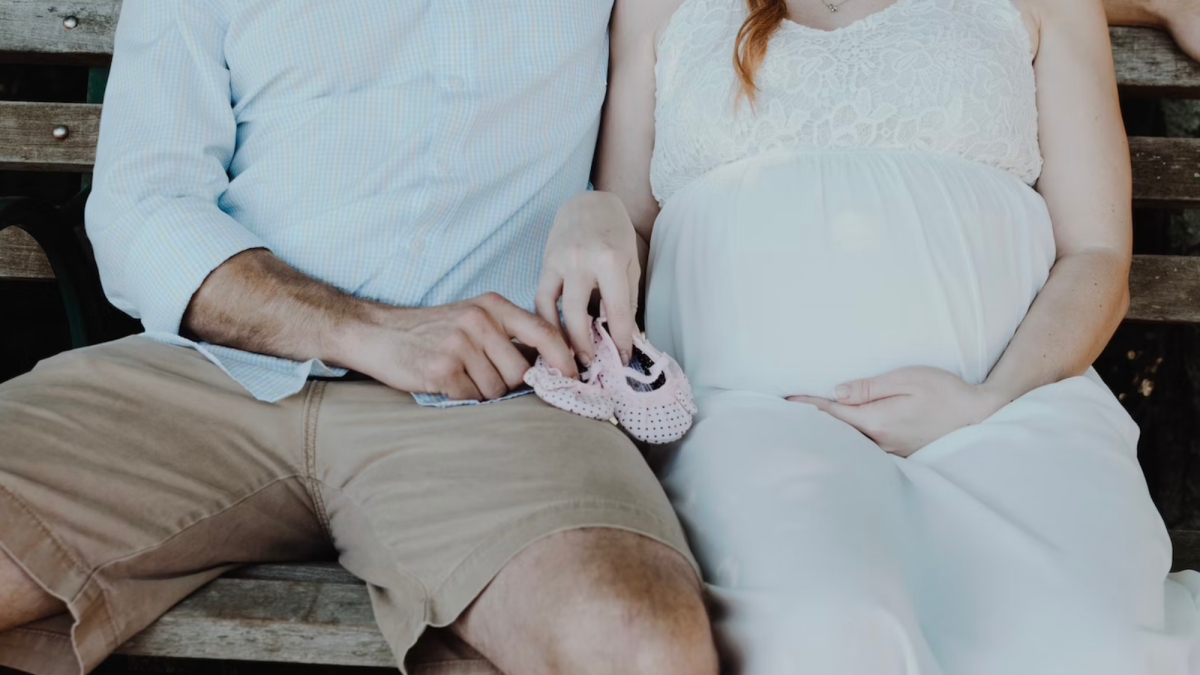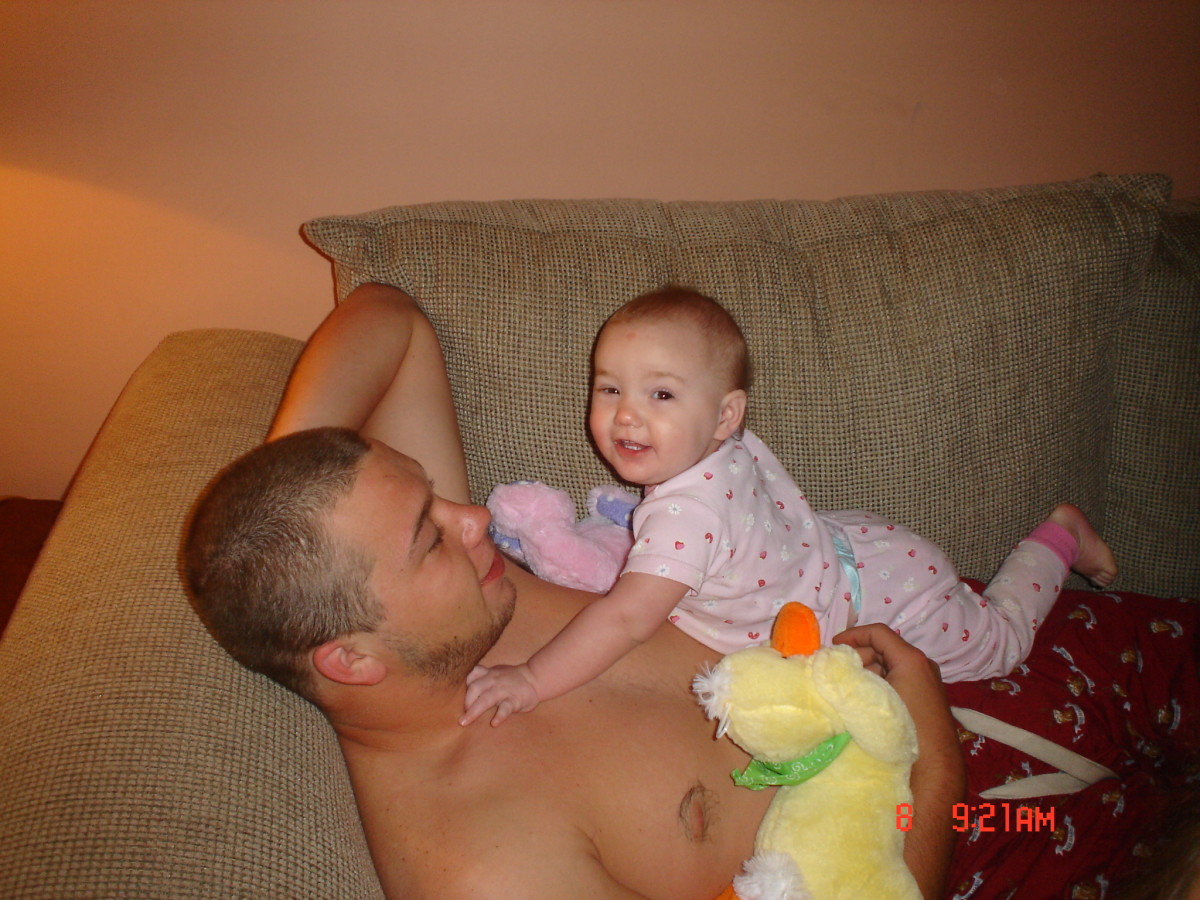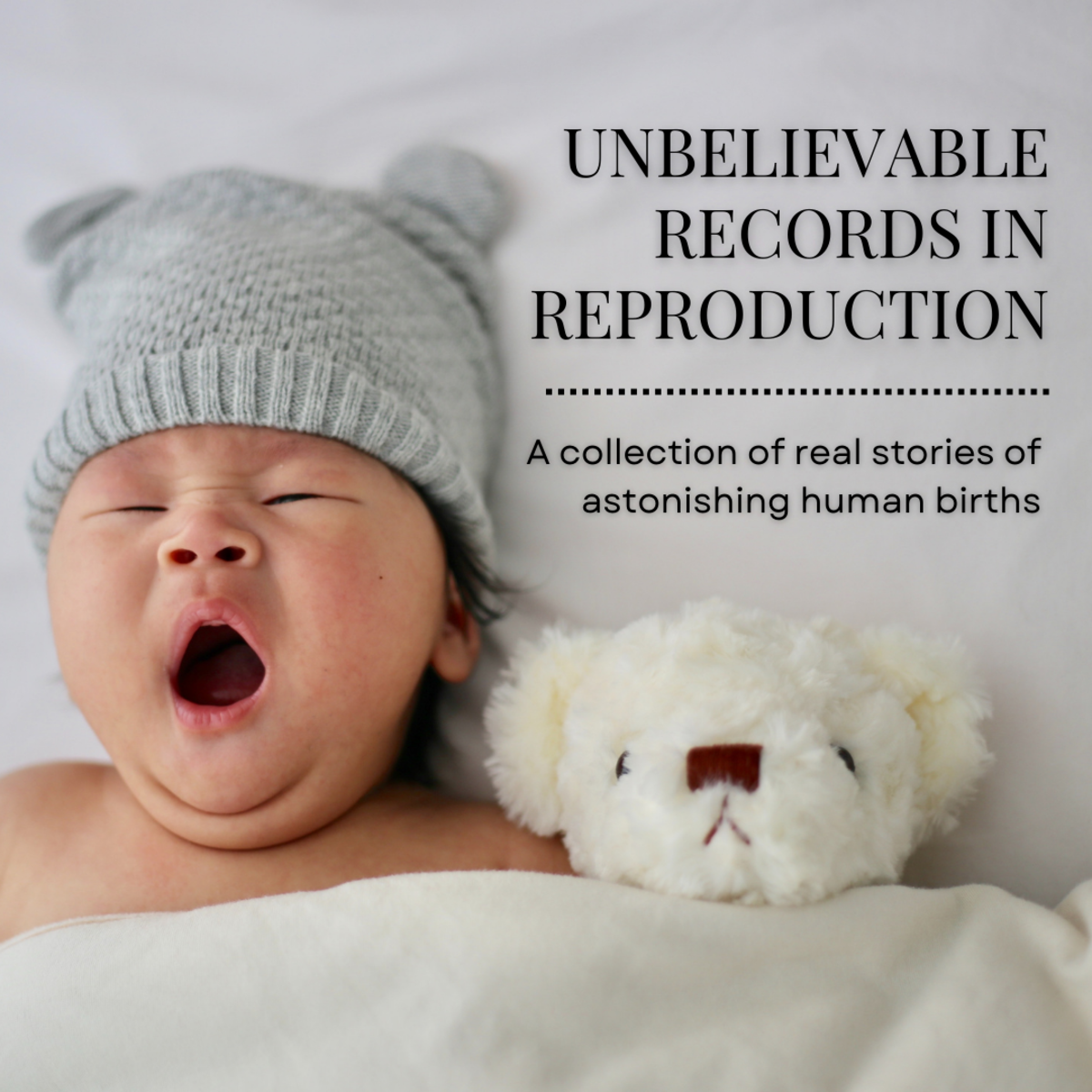The Best Ovulation Predictor Kits
How Do Ovulation Prediction Kits Work?
Ovulation, or the release of an egg from an ovary, is controlled via a series of hormonal surges in a woman's body. The "first day" of a woman's cycle is defined as the first day of a menstrual period. This is typically called Cycle Day 1. During the first portion of a woman's cycle, a hormone called Follicle Stimulating Hormone (FSH) causes folllicles to enlarge and mature in the ovary.
When a mature follicle is obtained, a surge of Luteinizing Hormone (LH) and FSH cause the egg to be released from the follicle. Ovulation predictor kits detect the surge in LH, allowing women to determine when ovulation is going to occur.
The release of the egg, or ovulation, typically occurs from Cycle Day 10 – Cycle Day 14 in women. Each woman will have her own pattern of ovulation, however, and some women will ovulate early, late, or have irregular cycles with random patterns of ovulation. The use of fertility monitors like ovulation predictor kits helps many women determine their particular pattern.

Pink Dye Ovulation Testing Kits

Pink Dye Ovulation Tests
The cheapest ovulation testing kits are pink dye tests. These tests detect the quantity of LH and will demonstrate a pink line. The intensity of the color corresponds with the amount of LH produced. As ovulation nears, a faint line will appear. When the hormone surge occurs, the line will become very dark, indicating ovulation is imminent or has just occurred.
These tests have drawbacks, however, as the depth of color must be interpreted by the user. Many women will wonder if the line has gotten dark enough to indicate ovulation is occurring, or if it will continue to get darker. Sometimes women will note that the line is dark, becomes light, and then becomes dark again a day or two later - this can be confusing and makes the date of ovulation hard to pinpoint.
These ovulation tests must be used properly to obtain an accurate result. When using these kits,
- Do not use first-morning urine. This urine is concentrated and may yield a "false positive" with regard to the amount of LH in a woman's system.
- Begin testing on Cycle Day 10 and note the baseline color.
- Hold the test at arm's length and make note of any increase in color intensity.
- Test at the same time every day – a good time to test would be at 10:00am each day, for example.
- If you are trying to conceive, do not wait until the test line is as dark as the control line. Many women will miss their date of ovulation by waiting for the line to "get darker." Once the color begins to intensify, take advantage of the opportunity.
These tests work well and are inexpensive, but women who want an accurate and concise ovulation test often prefer digital tests.
Dye Based Ovulation Testing Strips

Digital Ovulation Tests
Digital ovulation predictors remove a lot of the guesswork from determining when ovulation is occurring. These tests provide a very clear "yes" or "no" answer. While the cost is higher than the pink dye kits, women who are actively trying to conceive may prefer the improved accuracy of the digital tests.
The Clearblue Easy digital testing kit includes 20 tests and shows a smiling face when a surge of luteinzing hormone is detected. These tests are 99% accurate at detecting the surge, and there is no subjective guesswork involved.
Since these tests are more expensive than the pink dye tests, many women opt to use both types of tests. Starting on Cycle Day 10, women will use the inexpensive pink dye tests – when the line intensifies in color, a digital test can be used to confirm whether ovulation is occurring or not. This may extend the use of the expensive digital tests over the course of several months, saving money without sacrificing accuracy.
Ovulation Predictor Poll
What type of ovulation test do you prefer to use?
Fertility Monitor: The Best Ovulation Test
The most expensive option is also the most accurate and helpful for women who are trying to conceive. The Clearblue Fertility Monitor is able to detect luteinizing hormone and estrogen fluctuations. This testing system will pinpoint the two most fertile days in addition to the fertile days leading up to ovulation.
The display screen will give a "fertility readout" each day, and is entirely objective. The device uses test strips, which must be purchased separately. Most women will use about 10 testing strips per cycle with the Fertility Monitor system.
The advantage to this system is its incredible accuracy and the ability to predict when ovulation will occur. The test gives a woman advance knowledge of when ovulation will occur, rather than catching ovulation as it is occurring - this allows those who are trying to conceive to have a longer window of opportunity for fertilization to occur.
Basal Body Temperature and Ovulation
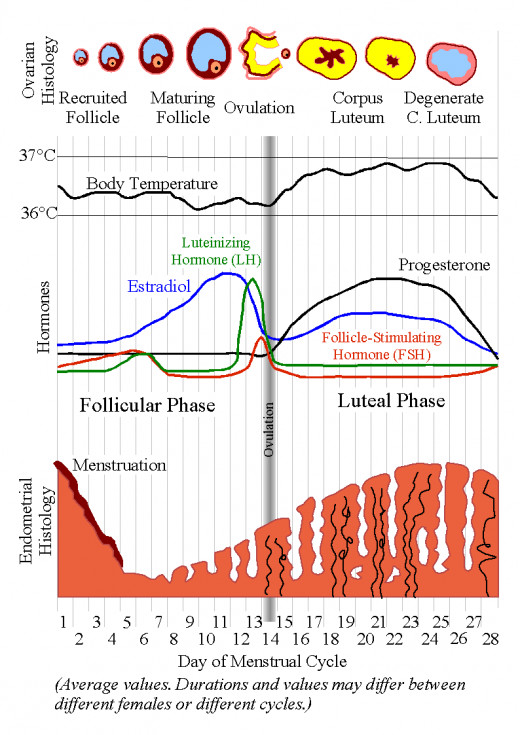
Optimizing Ovulation Testing Kits: Charting Basal Body Temperature
When using ovulation testing kits, particularly the inexpensive pink dye type, it is vital to chart your basal body temperature (BBT). There are special BBT thermometers that accurately detect minute changes in body temperature. When ovulation occurs, there is a spike in basal body temperature – by comparing ovulation predictor kit results with a basal body temperature chart, a woman is more likely to accurately determine whether ovulation has occurred. Charting temperature also allows a woman to predict if pregnancy is likely, or if another menstrual cycle is due to arrive (the BBT will increase or remain high if a woman is pregnant, but will drop before a menstrual cycle is due).
There are several free apps and websites that make charting BBT an easy task. Fertility Friend (located here) is a fantastic free website that tracks basal body temperature, determines the day of ovulation, and allows women to determine the length of their luteal phase (the number of days from ovulation to the next menstrual cycle).

